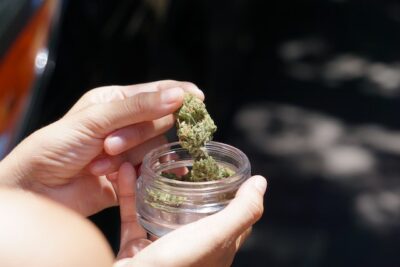Mad honey, a unique variety of honey with captivating properties, has fascinated humans for centuries. From ancient traditions to modern-day fascination, this honey has left its mark on cultures around the world. In this article, we will explore the rich history of mad honey, its cultural significance, and the modern fascination that surrounds it.
Ancient Origins and Cultural Significance
Mad honey has its roots in ancient civilizations, dating back thousands of years. It has been a part of cultural practices and traditions in various regions.
In Nepal, it holds a significant place in the Gurung community, where it has been used for medicinal purposes and as an offering during religious ceremonies.
Similarly, in parts of Turkey and the Himalayan region, mad honey has been associated with folk medicine and cultural rituals. Its unique properties have made it a subject of intrigue and reverence throughout history. These days, it’s common to find mad honey for sale for those who want to experience its effects.
Harvesting and Production
Mad honey is produced by bees that collect nectar from specific plants, such as the Rhododendron species.
These plants contain grayanotoxins, neurotoxic compounds that give mad honey its distinct characteristics. The honey is harvested by beekeepers who carefully collect it from beehives in areas where the toxic plants grow.
The concentration of grayanotoxins in the honey can vary based on factors such as the specific plant species, geographical location, and climate conditions.
Psychoactive Effects and Modern Fascination
One of the key aspects that has contributed to the modern fascination with mad honey is its psychoactive effects. The grayanotoxins present in the honey can induce a range of physiological and psychological experiences.
When consumed in moderation, mad honey can lead to sensations of euphoria, altered perception, and vivid dreams. These effects have intrigued adventurers, researchers, and enthusiasts seeking unique and mind-altering experiences.
Exploring the Honey’s Potential
Beyond its psychoactive properties, there is growing interest in the potential therapeutic applications of mad honey. The grayanotoxins present in the honey have been studied for their antimicrobial, anti-inflammatory, and antioxidant properties.
Researchers are investigating its potential in treating conditions such as gastric ulcers, respiratory disorders, and even certain types of cancer.
The unique composition of mad honey makes it a subject of ongoing scientific exploration, fueling excitement about its future possibilities.
Culinary and Gourmet Delight
Mad honey has also made its way into the culinary world, captivating the taste buds of adventurous food enthusiasts and gourmet chefs.
Its distinct flavor profile, combining sweetness with a subtle bitterness and floral undertones, lends itself to a variety of culinary applications. Chefs experiment with mad honey in dishes, desserts, sauces, and even beverages, adding a unique twist to their creations.
The combination of its psychoactive properties and culinary appeal has made it a sought-after ingredient for those seeking extraordinary gastronomic experiences.
Safety Precautions
It is important to approach mad honey with caution and respect for its potential risks. The grayanotoxins present in mad honey can lead to symptoms of “mad honey intoxication” or “honey poisoning” when consumed in excessive amounts.
These symptoms include dizziness, nausea, vomiting, and even loss of consciousness. It is advisable to consume mad honey in moderation, sourced from reliable beekeepers, and to be aware of personal tolerance and potential allergic reactions.
Mad honey’s journey from ancient traditions to modern fascination is a testament to its enduring allure. From its cultural significance to its psychoactive effects and potential therapeutic applications, mad honey continues to captivate and intrigue people around the world. Whether as a medicinal remedy, a culinary delight, or an object of scientific study, mad honey remains a source of wonder and exploration. As we uncover more about its properties and benefits, the buzz about mad honey will undoubtedly continue to grow.










